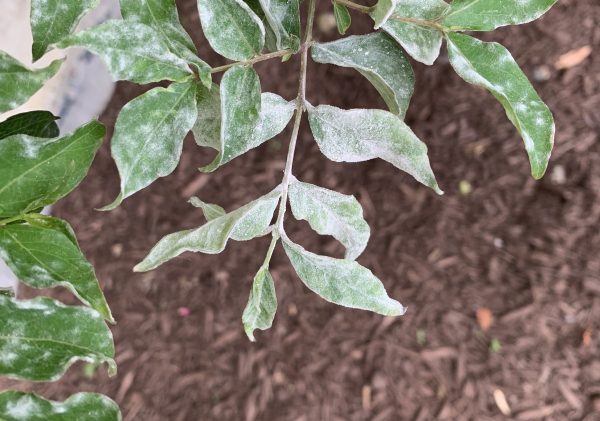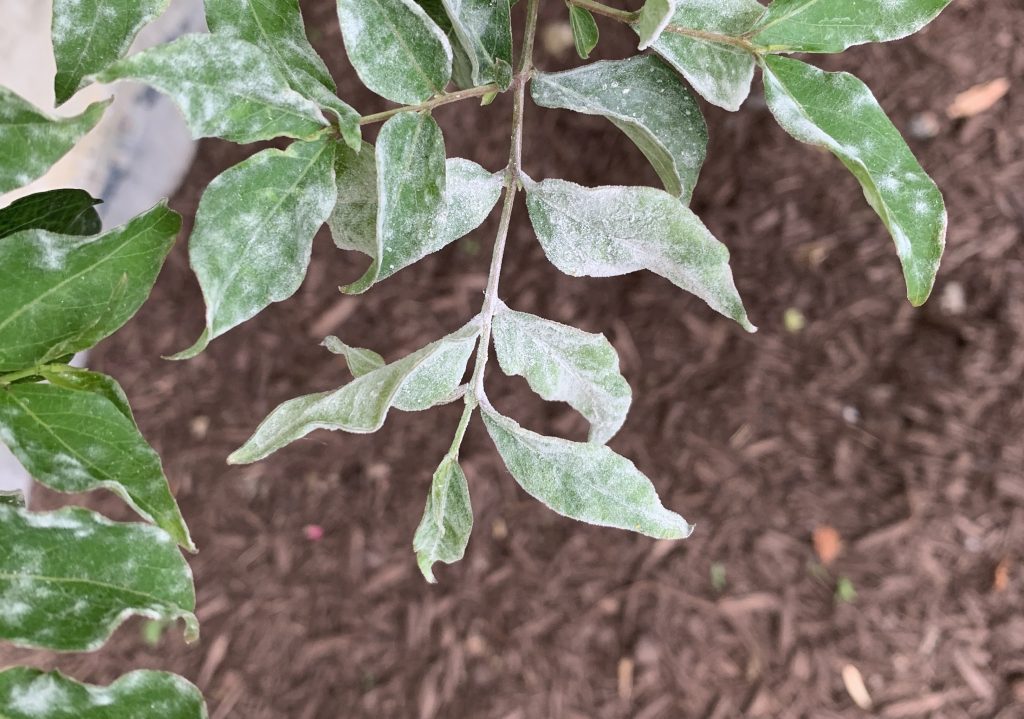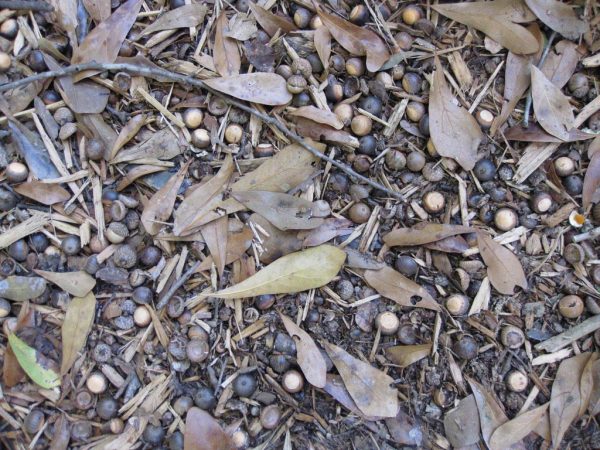Powdery Mildew – Control

Powdery mildew is a common disease of summer. It begins when we have cool nighttime temperatures coupled with warm, humid days. Symptoms continue even when days are warmer.
Powdery mildew is a “parasitic” fungus. It rests on the leaf surface and absorbs sap from plant cells. For this reason infected leaves are often twisted and gnarled.
Euonymus, rose, phlox, lilac and crapemyrtle are common hosts. Powdery mildews are host specific — they cannot survive without the proper host plant. The species which causes powdery mildew on roses does not attack lilac. The mildew that attacks dogwoods does not attack phlox. Powdery mildews are caused by over l,600 species of fungi.
Crapemyrtle blooms will be sparse since the disease causes buds to abort. A wise alternative is to ONLY plant crapemyrtles that are labeled as resistant: ‘Natchez’, ‘Muscogee’, ‘Tuscarora’, etc. These plants have been specifically selected for mildew resistance.
Severe pruning of crapemyrtle in winter will make it more likely to have powdery mildew the following summer.
In the case of euonymus, which is so terribly susceptible to the disease, replacing the shrub with a less-problematic plant is recommended.
Mancozeb (click for sources), Bonide Infuse (click for sources)
, chlorothalonil (click for sources)
, propiconazole (click for sources)
and myclobutanil (click for sources)
are commonly available from local garden centers.
Organic controls include Remedy (click for sources), wettable sulfur and horticultural oil (click for sources)
, including neem oil.

powdery mildew on crapemyrtle
powdery mildew on dogwood leaves
powdery mildew on crapemyrtle
powdery mildew on rose
powdery mildew on euonymus















